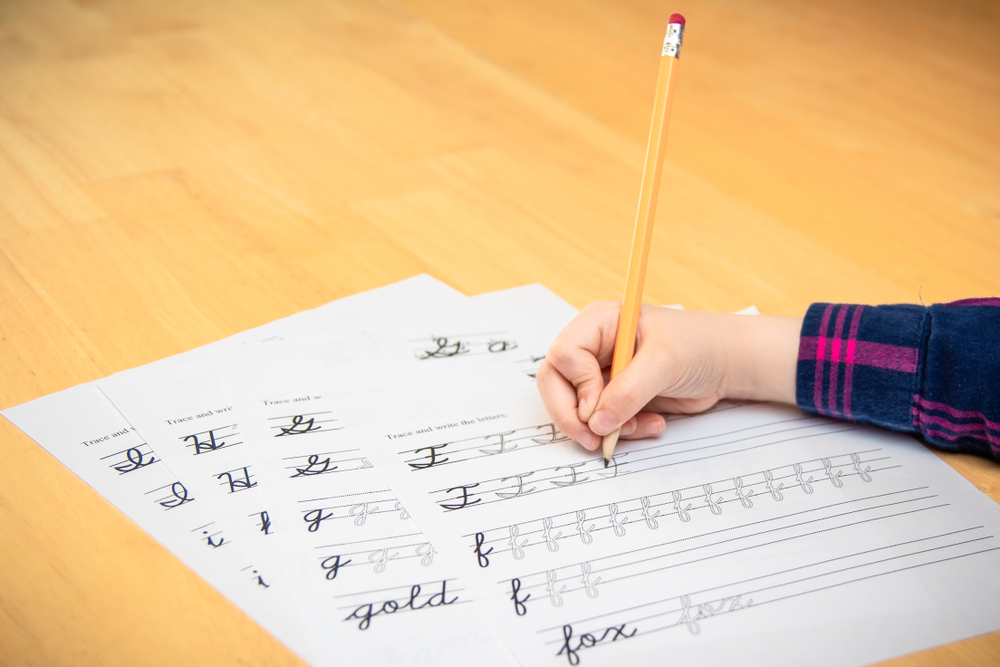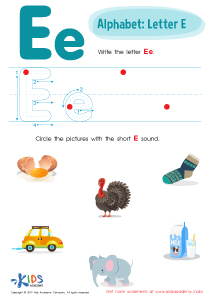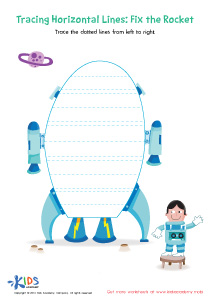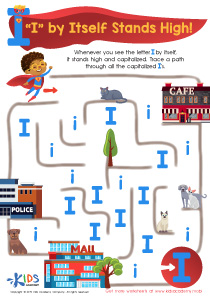Normal Alphabet Worksheets for Ages 6-8
223 filtered results
-
From - To
Enhance your child's letter recognition and writing skills with our engaging "Normal Alphabet Worksheets for Ages 6-8". Our meticulously crafted worksheets provide a solid foundation in uppercase and lowercase letter identification, phonics, and handwriting practice. Ideal for early learners, each worksheet focuses on reinforcing alphabet familiarity through diverse and fun activities. With colorful illustrations and kid-friendly design, learners stay motivated and engaged. These worksheets are perfect for both classroom use and extra practice at home. Empower your young learner’s literacy journey with our top-quality resources tailored specifically for 6-8-year-olds. Download now and watch their confidence soar!
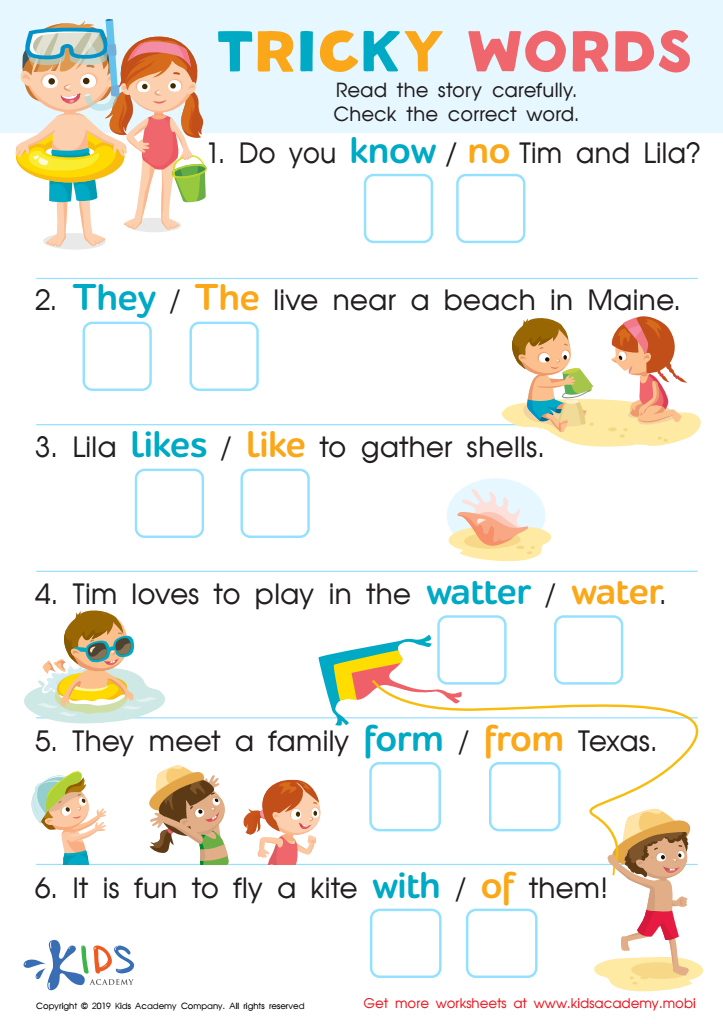

Tricky Words Worksheet
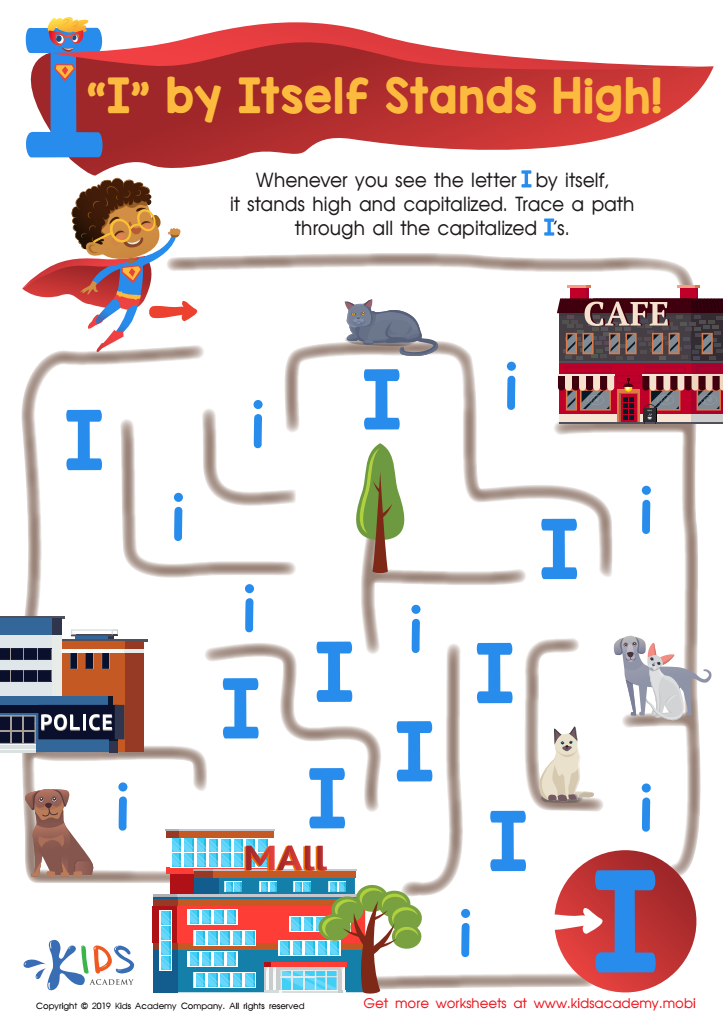

I Stands High Worksheet
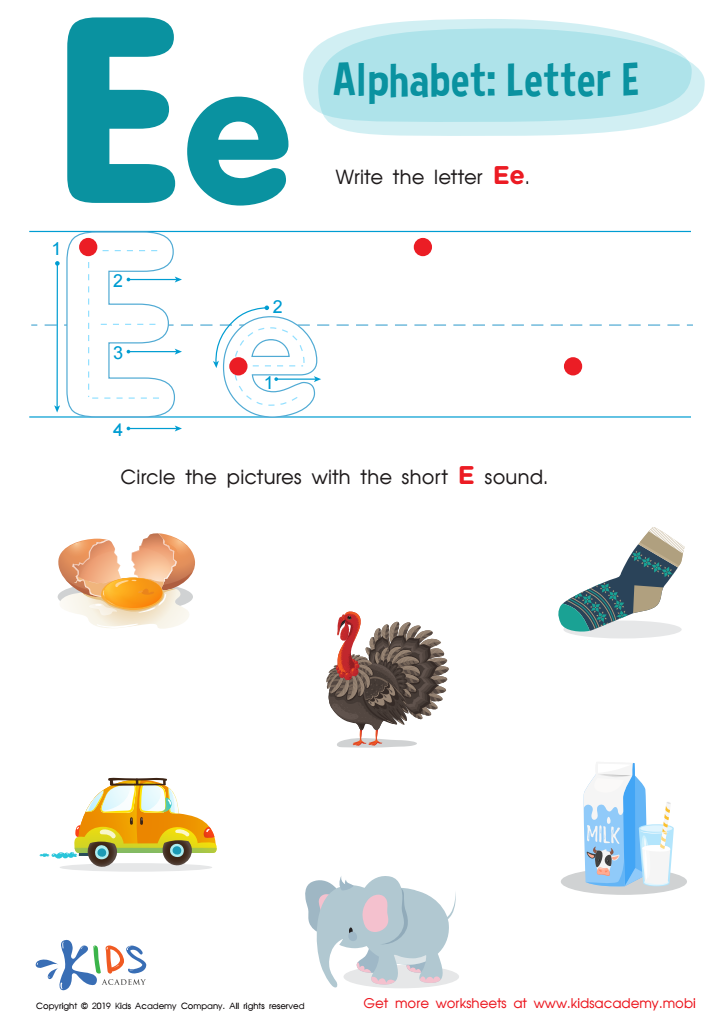

Letter E Tracing Worksheet
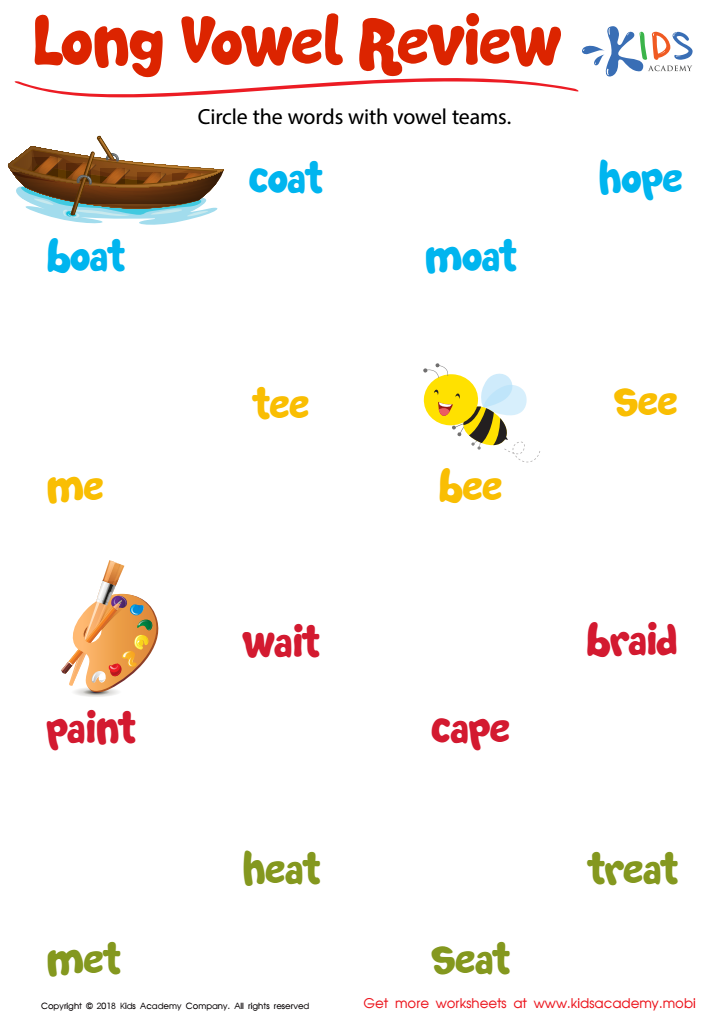

Long Vowel Review Worksheet
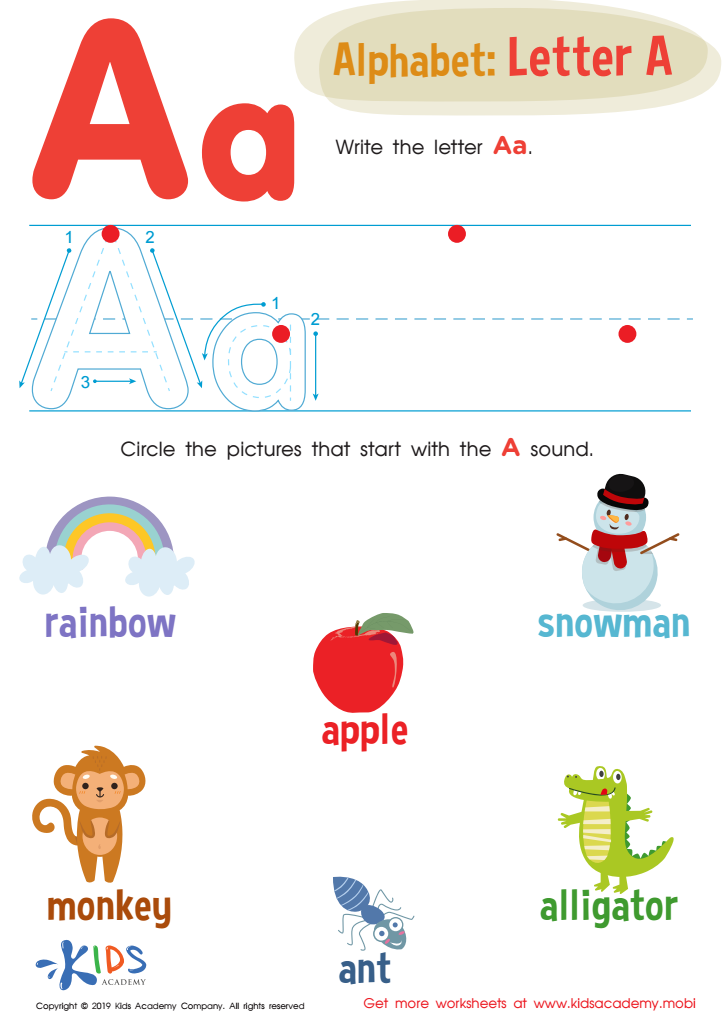

Letter A Tracing Worksheet
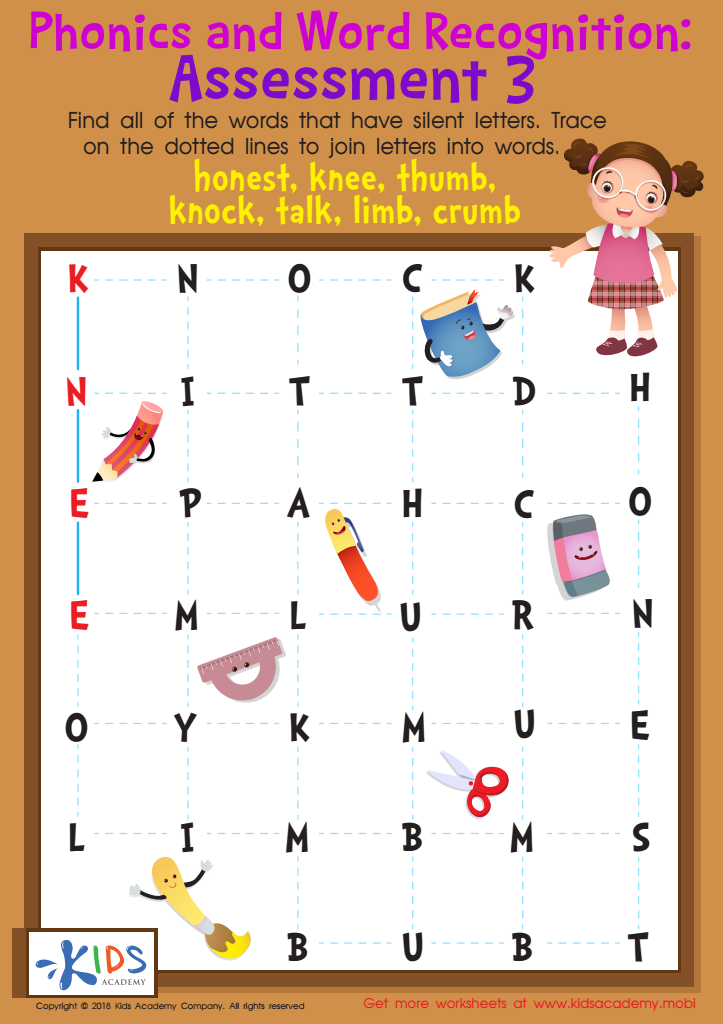

Phonics and Word Recognition: Assessment 3 Worksheet
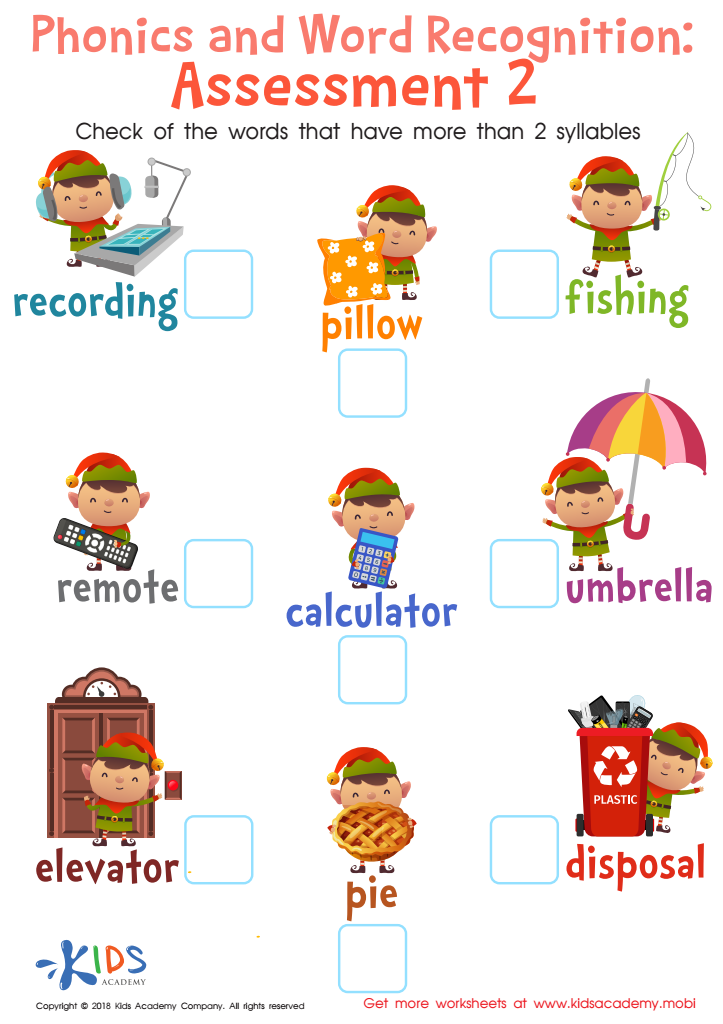

Phonics and Word Recognition: Assessment 2 Worksheet
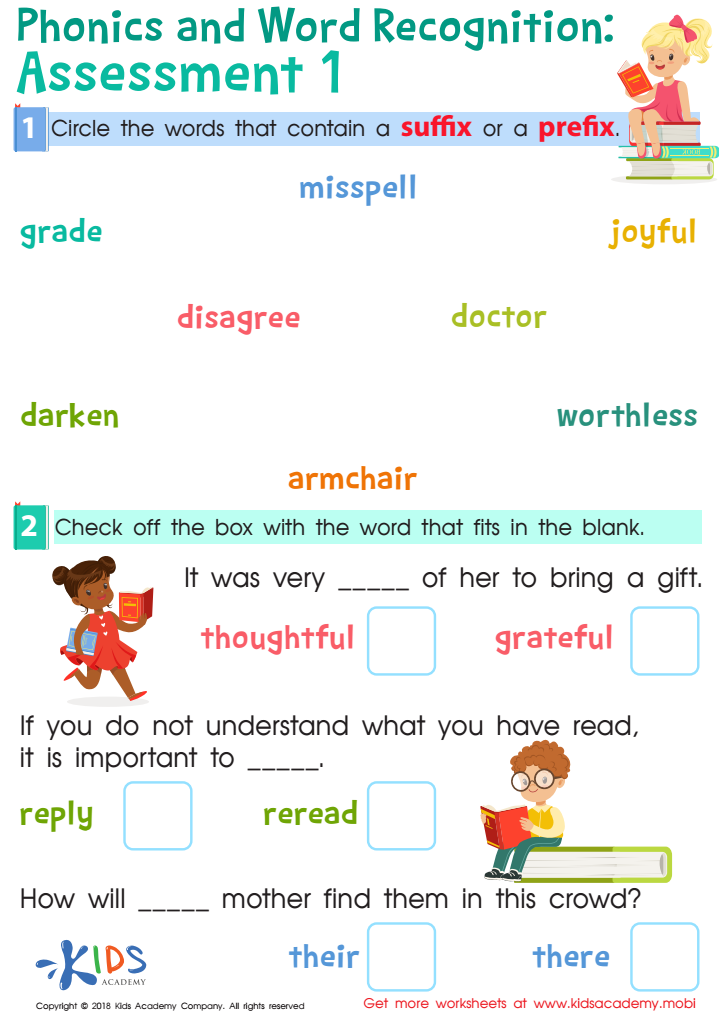

Phonics and Word Recognition: Assessment 1 Worksheet
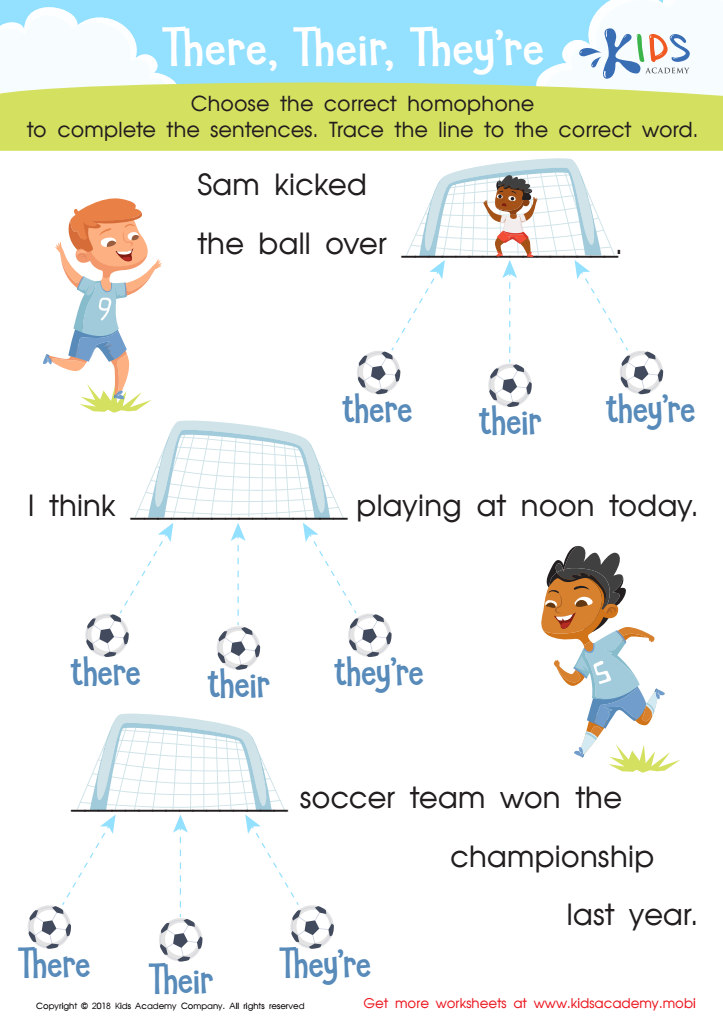

There, Their, They're Worksheet
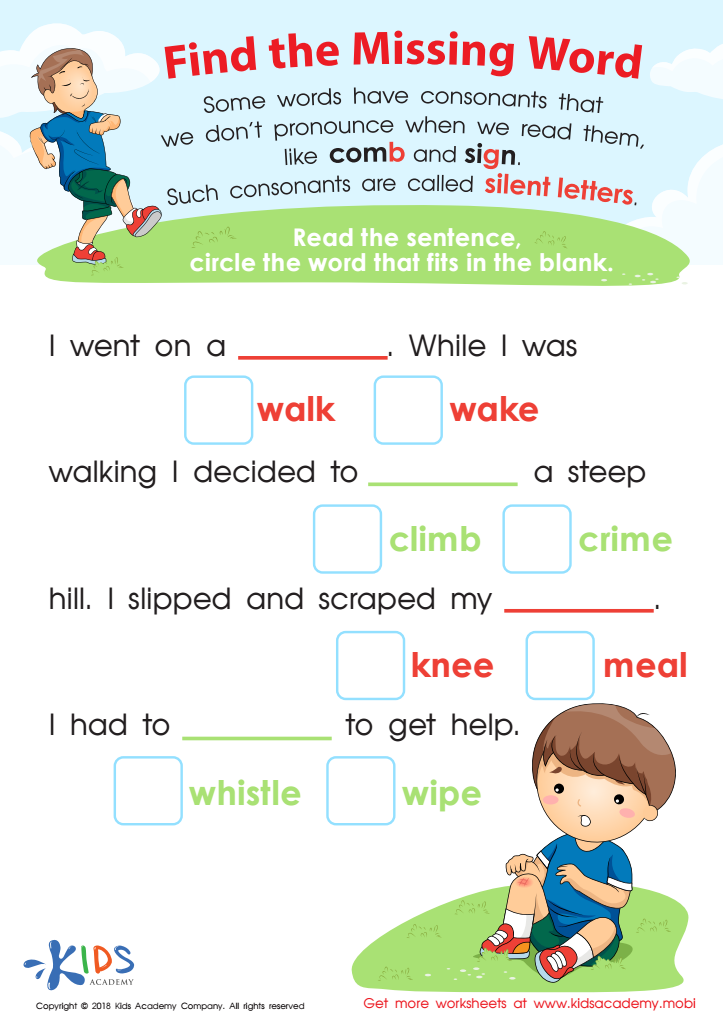

Find The Missing Word Worksheet
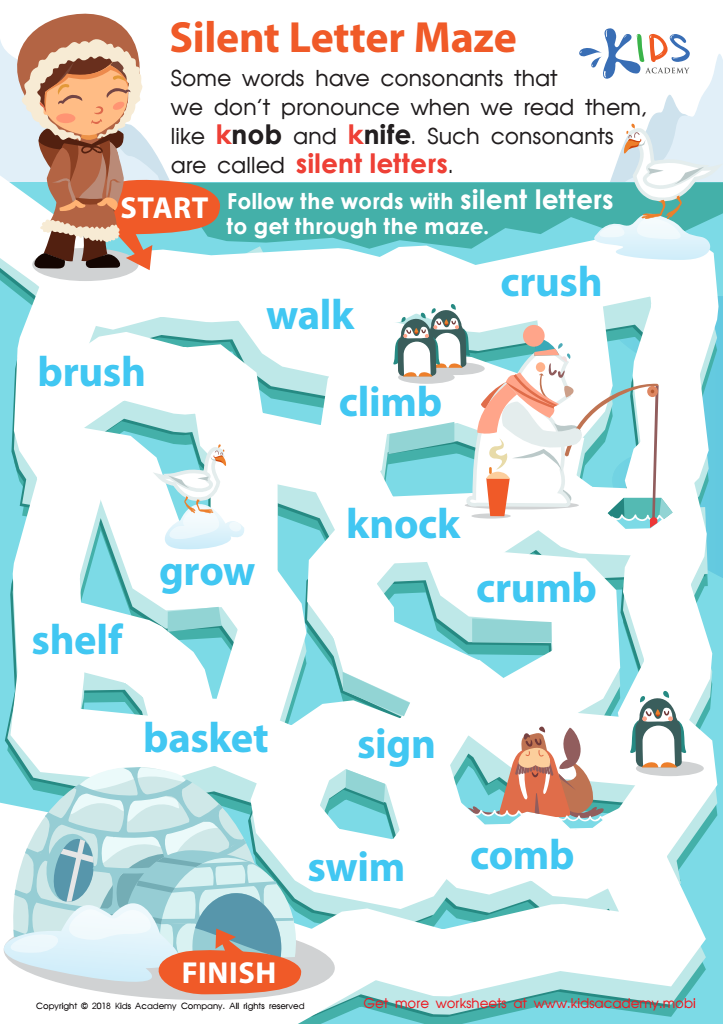

Silent Letter Maze Worksheet
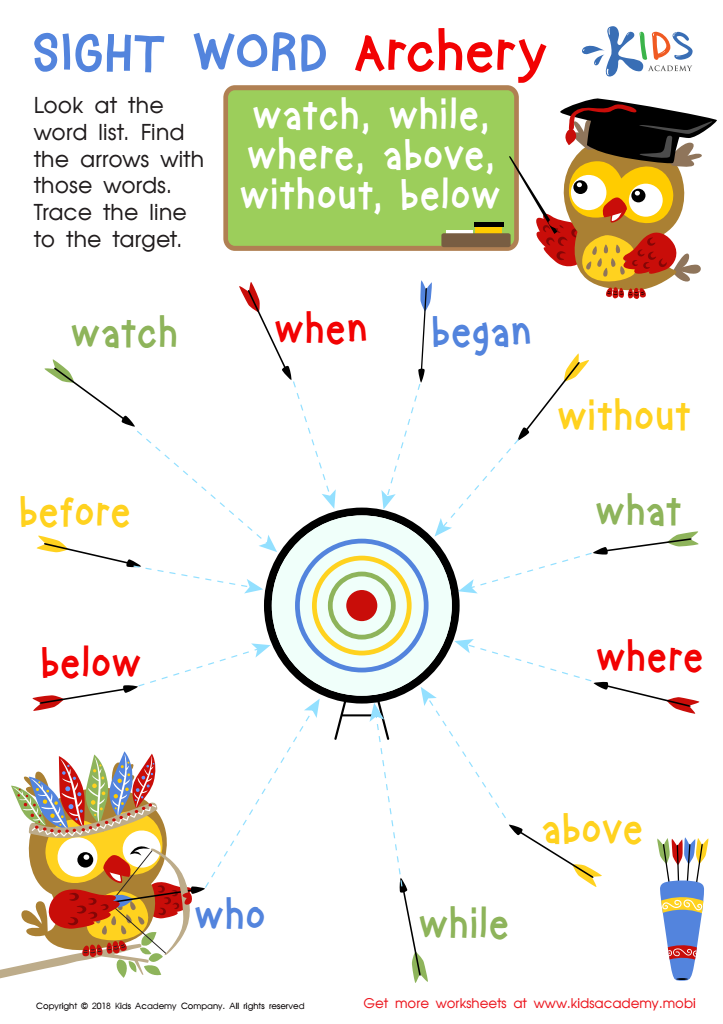

Sight Word Archery Worksheet
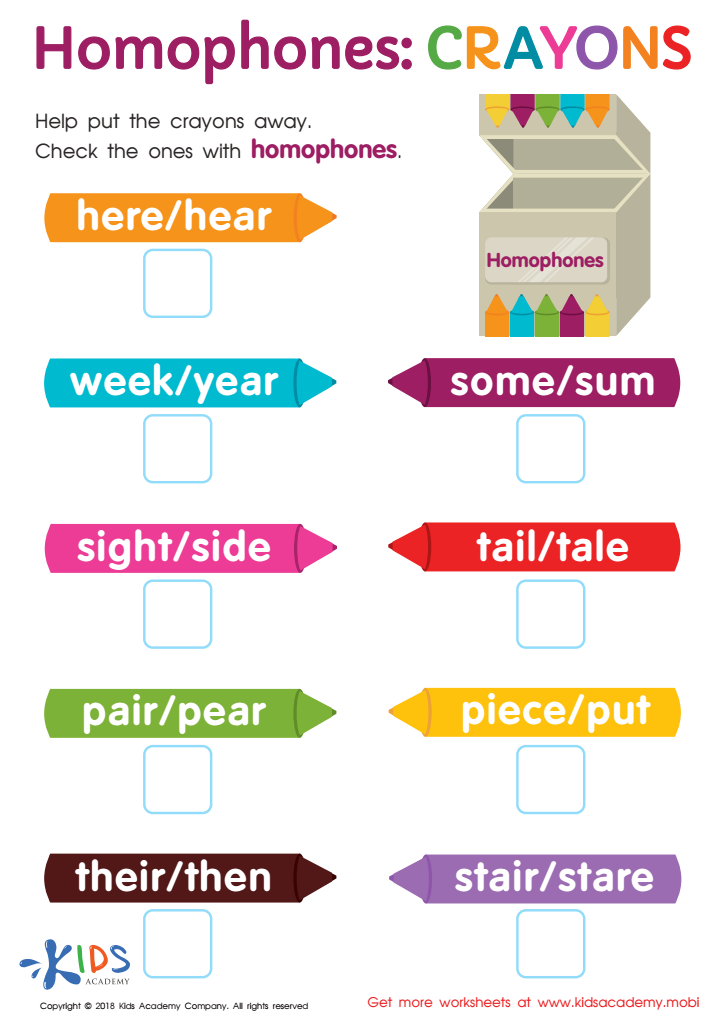

Homophones: Crayons Worksheet
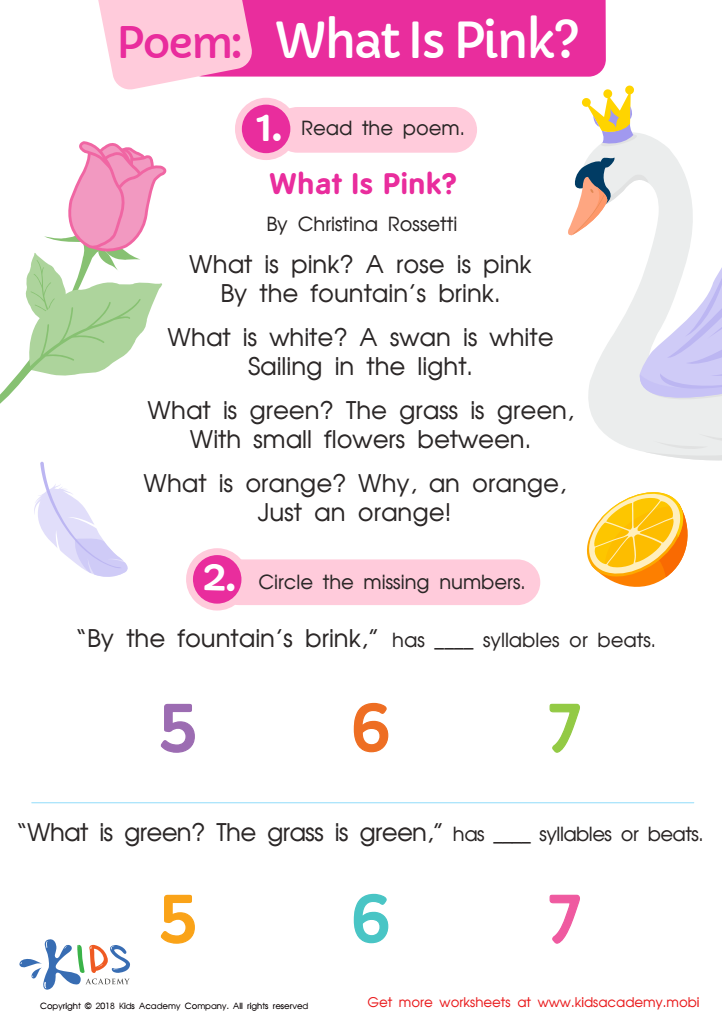

Poem: What Is Pink? Worksheet
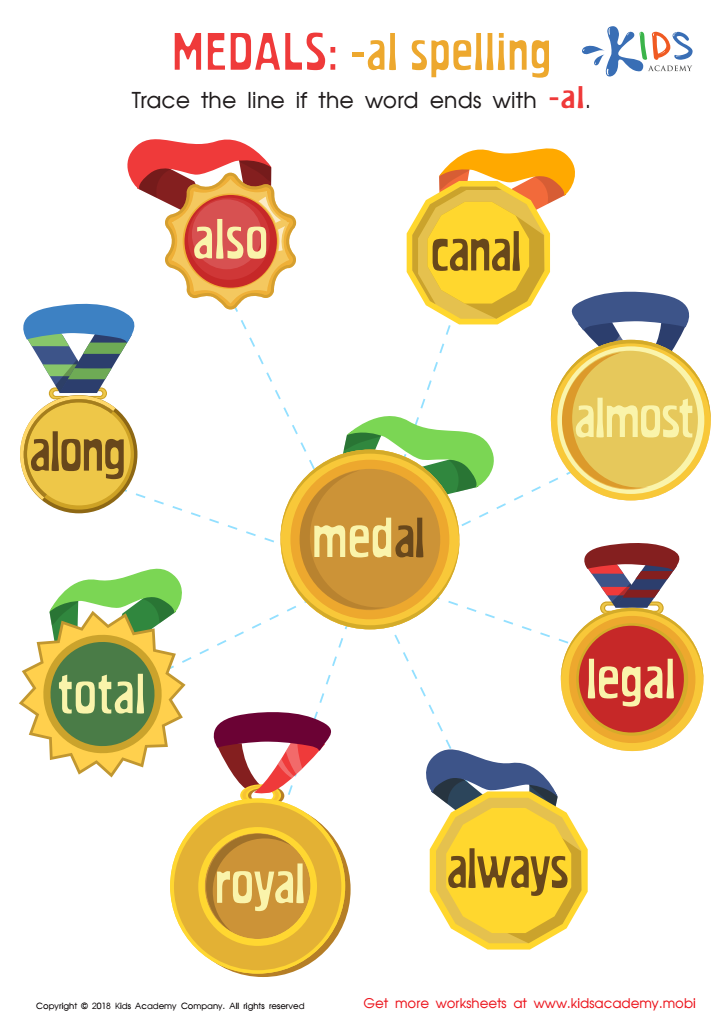

Medals: Al Spelling Worksheet
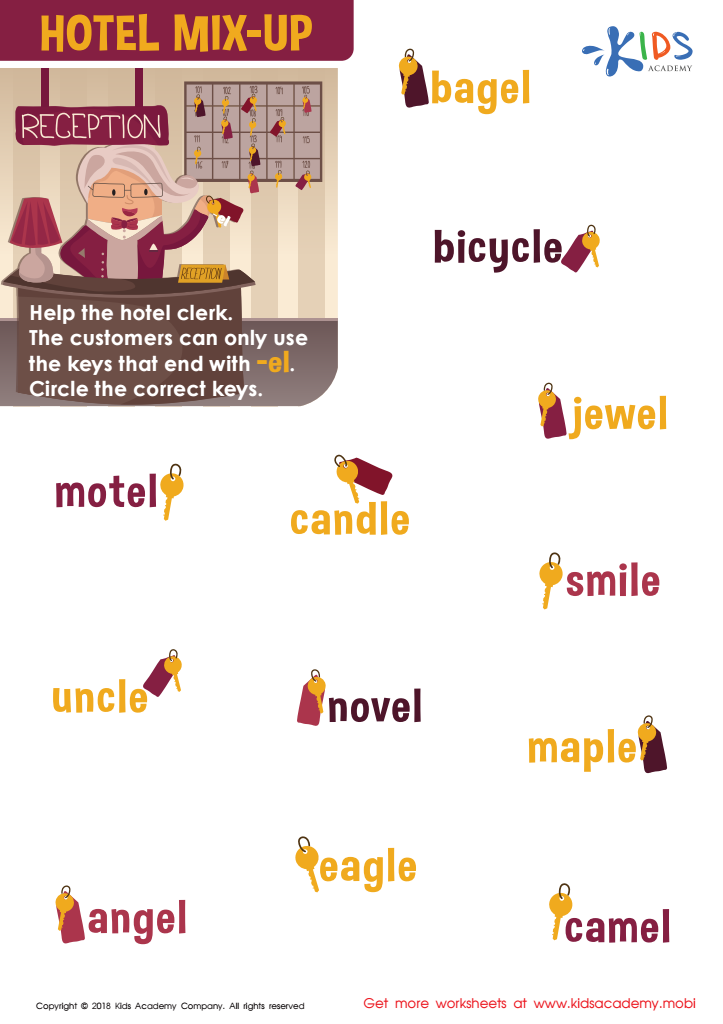

Hotel Mix-up Worksheet
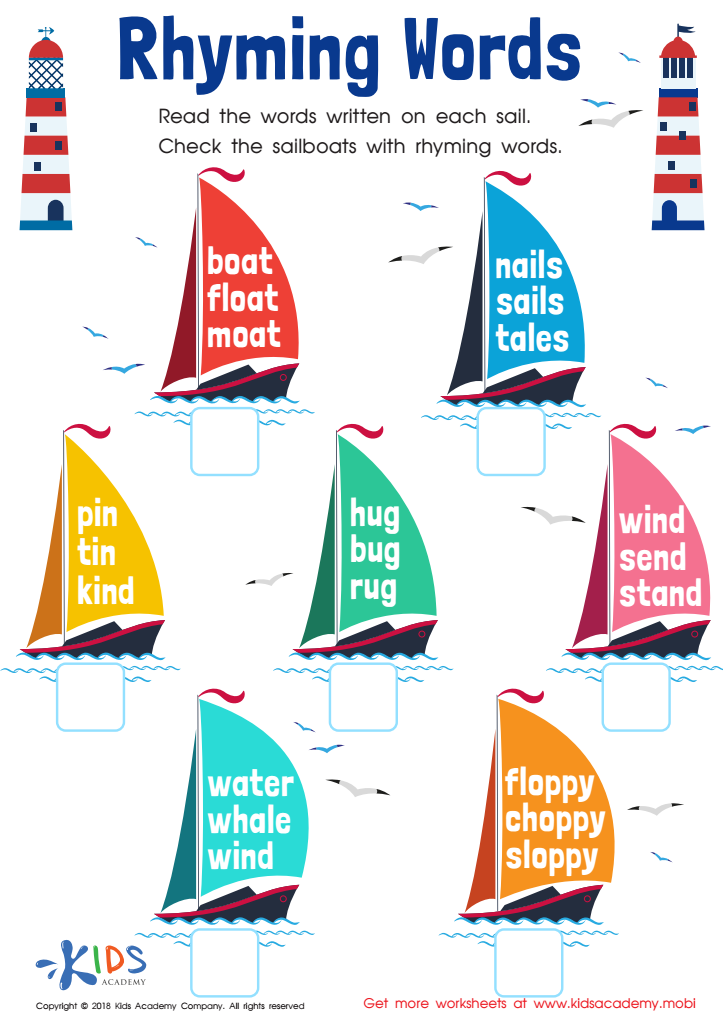

Rhyming Words Worksheet
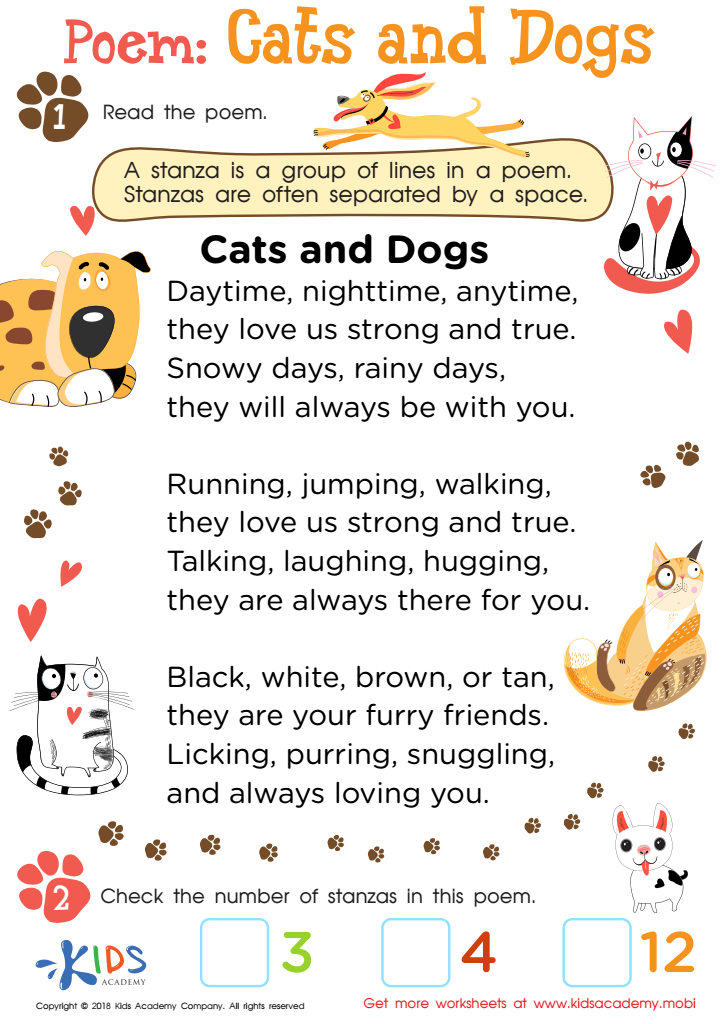

Poem: Cats and Dogs Worksheet


Open Syllables Worksheet
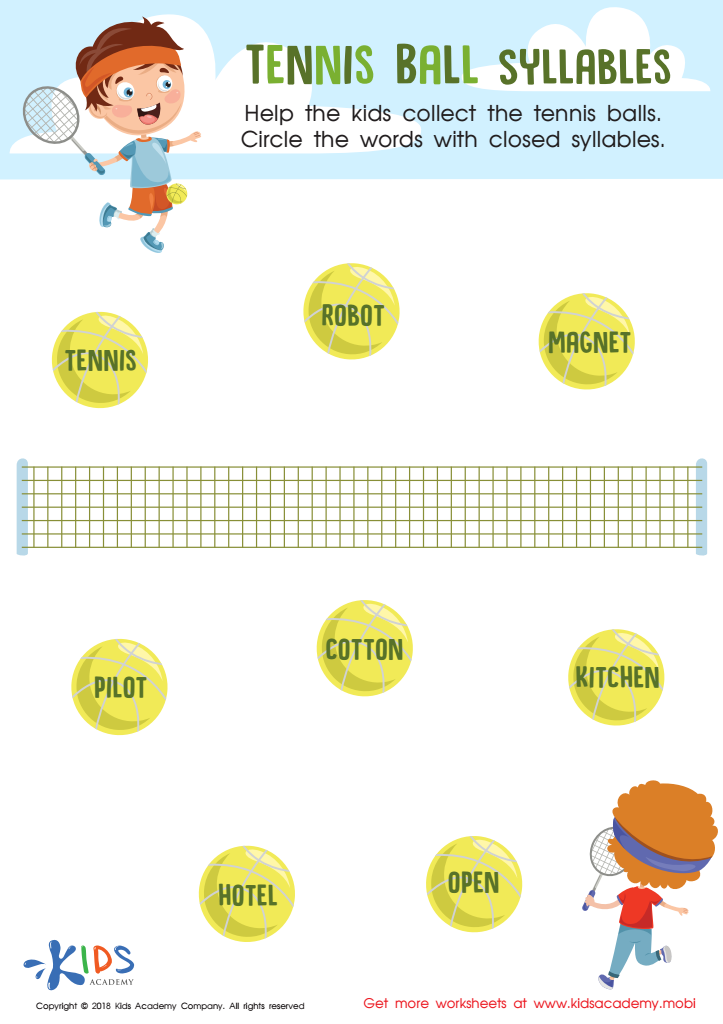

Tennis Ball Syllables Worksheet
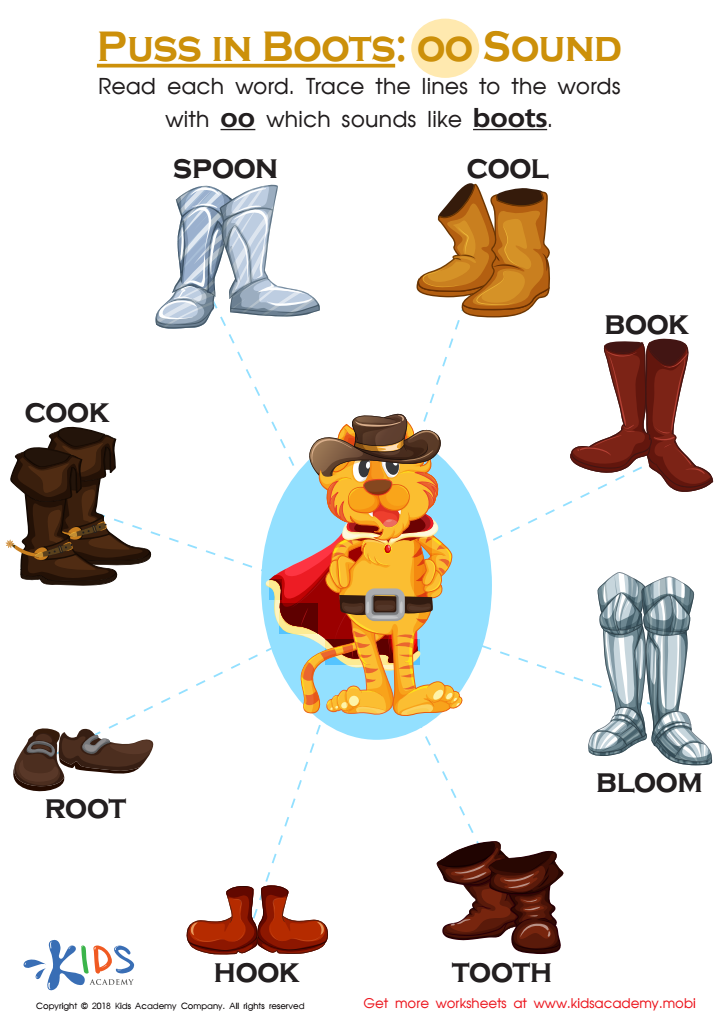

Puss in Boots: OO Sound Worksheet
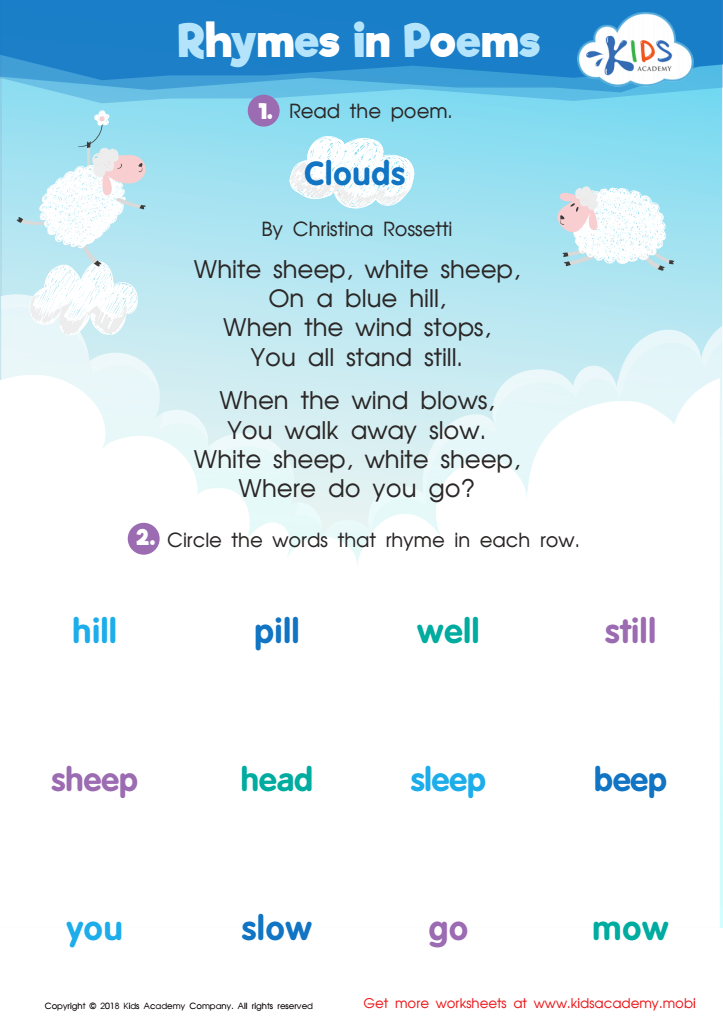

Rhymes in Poems Worksheet
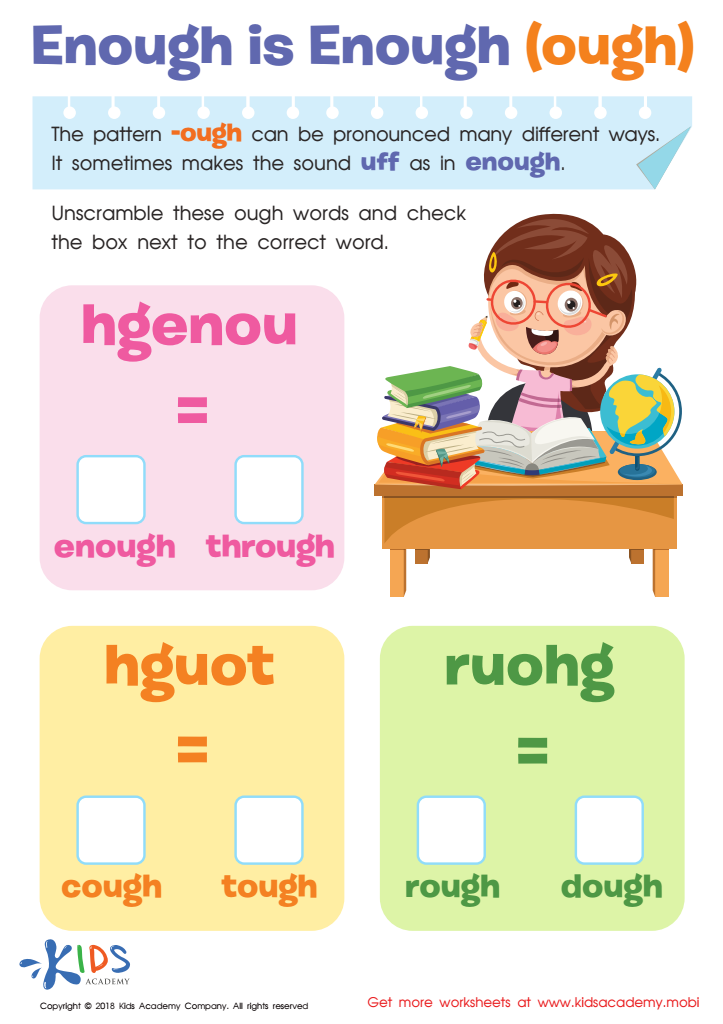

Enough Is Enough (ough) Worksheet
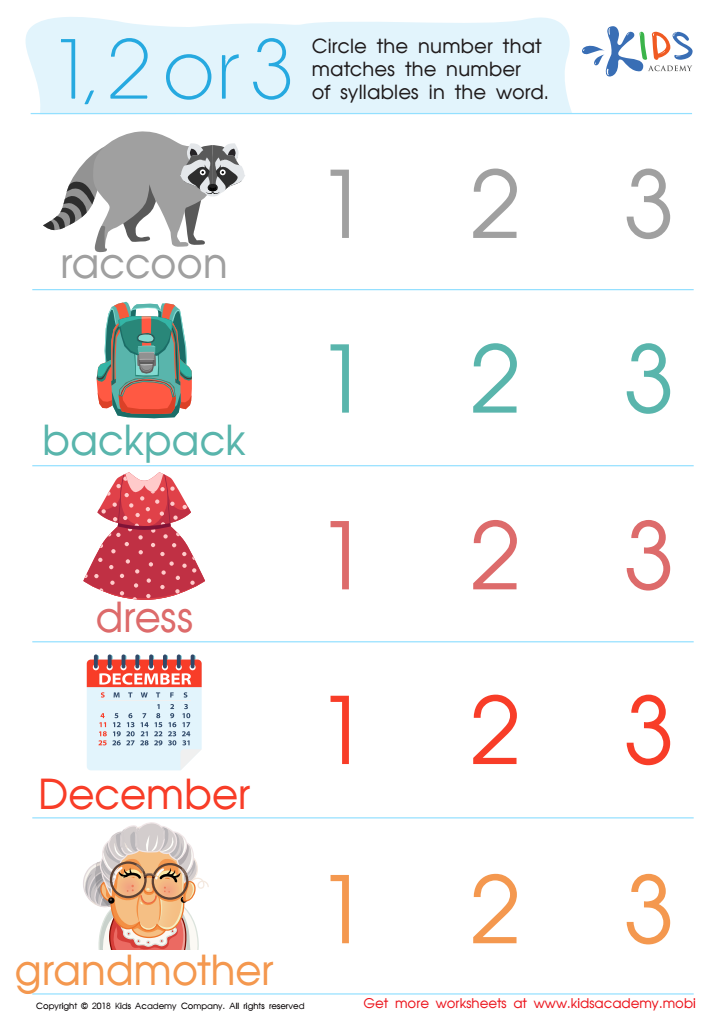

1, 2 or 3? Worksheet
Parents and teachers should care about the normal alphabet for ages 6-8 because it forms the foundational building block for literacy and future academic success. At this age, children are in a crucial developmental stage where they learn the basics of reading and writing, skills that are fundamental for all other academic subjects. A confident understanding of the alphabet sets the stage for effective communication and opens the door to a vast array of learning opportunities.
Recognizing and understanding letters, both individually and within the context of words, helps children to read proficiently. This early reading proficiency is linked to greater success in school, higher levels of comprehension, and an increased ability to absorb and understand instructional content. Additionally, knowledge of the alphabet helps develop fine motor skills through writing, and enhances cognitive abilities such as memory and pattern recognition.
Encouraging familiarity with the alphabet also fosters a love of reading at a young age, making children more likely to pursue learning independently as they grow. This engagement can significantly boost their self-confidence and eagerness to learn new topics. Therefore, by giving attention to normal alphabet learning during this critical period, parents and teachers lay down the essential groundwork for a child's lifelong educational journey and intellectual growth.

 Assign to the classroom
Assign to the classroom

